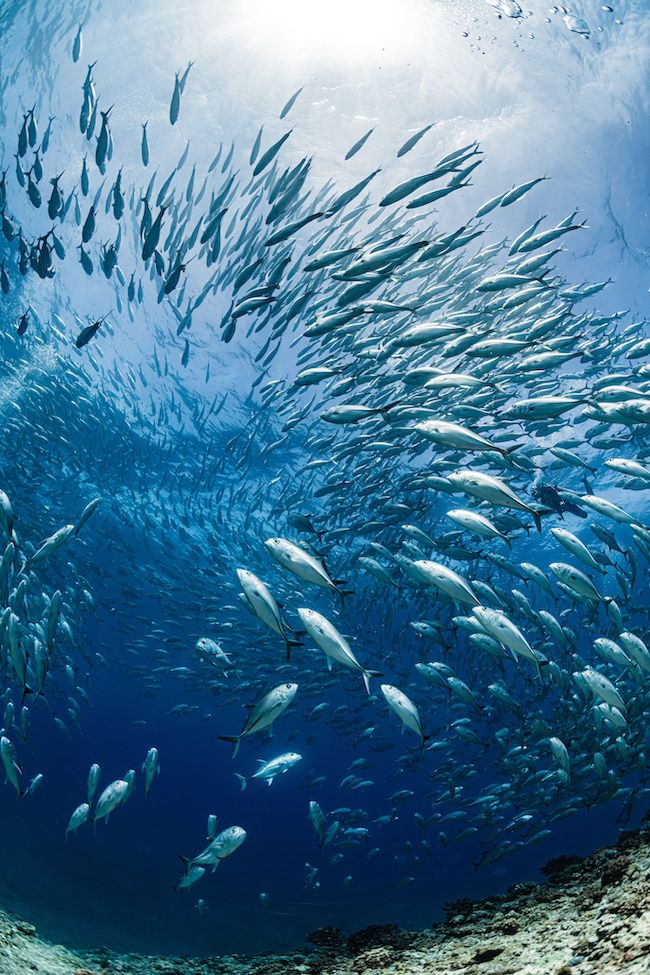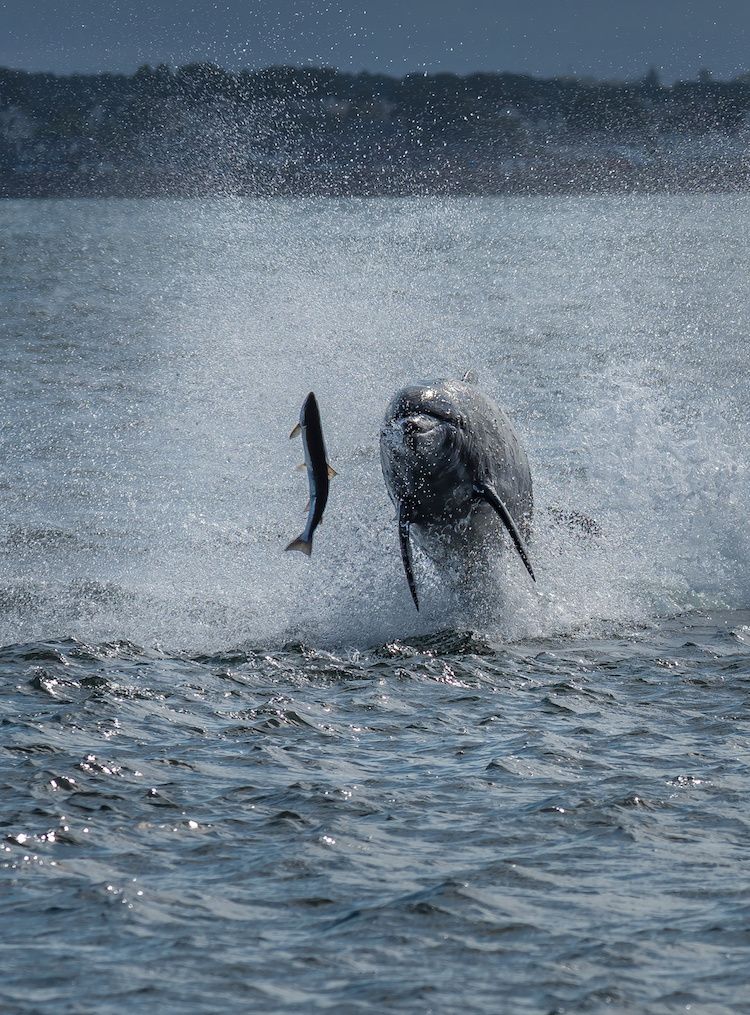
Dolphins in Martinique and elsewhere are fascinating creatures that inhabit the seas and oceans worldwide. Their intelligence, agility, and sociability have captured the attention of many scientists and enthusiasts. A frequently asked question is: what do dolphins eat? In this article, we will explore in detail the dietary habits of these marine mammals
An Adaptation to Their Habitat
There are many species of dolphins, each with different feeding habits depending on their habitat and the availability of resources. In general, dolphins primarily feed on fish and cephalopods such as octopuses and squids. However, some dolphins may also consume crustaceans, sea turtles, and even small marine mammals such as seals.
Dolphin Hunting Techniques
Dolphins are efficient predators and use various techniques to locate and capture their prey. Here are some of the hunting strategies employed by these animals:
- Echolocation: Dolphins emit high-frequency sounds that bounce off objects in their environment, allowing them to detect and locate their prey.
- Cooperation: Dolphins often hunt in groups and use complex tactics to encircle and catch their prey.
- Fish herding: Some dolphin species drive schools of fish to the surface to make them easier to capture.
- Tool use: Ingenious behaviors have been observed in some dolphins, such as using sponges to protect their rostrum while foraging the seabed for food.

The Dietary Habits of Different Dolphin Species
As mentioned previously, there are several species of dolphins with varied eating habits. Here are some examples:
The Bottlenose Dolphin
This species is one of the most well-known and widespread. The bottlenose dolphin primarily feeds on fish such as herring, mackerel, and whiting, as well as cephalopods like squid and cuttlefish. They also occasionally consume crustaceans and benthic invertebrates.
Heaviside’s Dolphin
This small dolphin, endemic to the west coast of southern Africa, mainly feeds on bottom-dwelling fish like gobies and flatfish. Octopuses also constitute a significant portion of their diet.
Atlantic Spotted Dolphin
This species, which inhabits tropical and subtropical waters of the Atlantic Ocean, primarily feeds on pelagic fish such as sardines and anchovies. They also consume squid and crustaceans such as shrimp and krill.

The Importance of a Varied Diet
Dolphins are opportunistic animals that adapt their diet based on the availability of resources in their habitat. A diversified diet is crucial to ensure proper nutrition and maintain good health. For instance, fish provide dolphins with proteins, omega-3 fatty acids, and minerals, while cephalopods are rich in copper and zinc.
Furthermore, the dietary habits of dolphins can impact their behavior and ecology. For example, individuals primarily feeding on bottom-dwelling fish may be more likely to stay in specific areas, whereas those consuming pelagic fish may travel greater distances in search of food.
Challenges Related to Dolphin Conservation
Similar to many marine species, dolphins face various threats related to human activities. Overfishing and the destruction of coastal habitats can lead to a reduction in prey availability for these animals. Fishing nets and noise pollution caused by ships can also disrupt their hunting and feeding behaviors.
To ensure the survival of dolphins, it is essential to implement conservation measures to protect their habitat and preserve the diversity of available food resources. This includes sustainable fisheries management, the establishment of marine protected areas, and the reduction of pollution in the oceans.